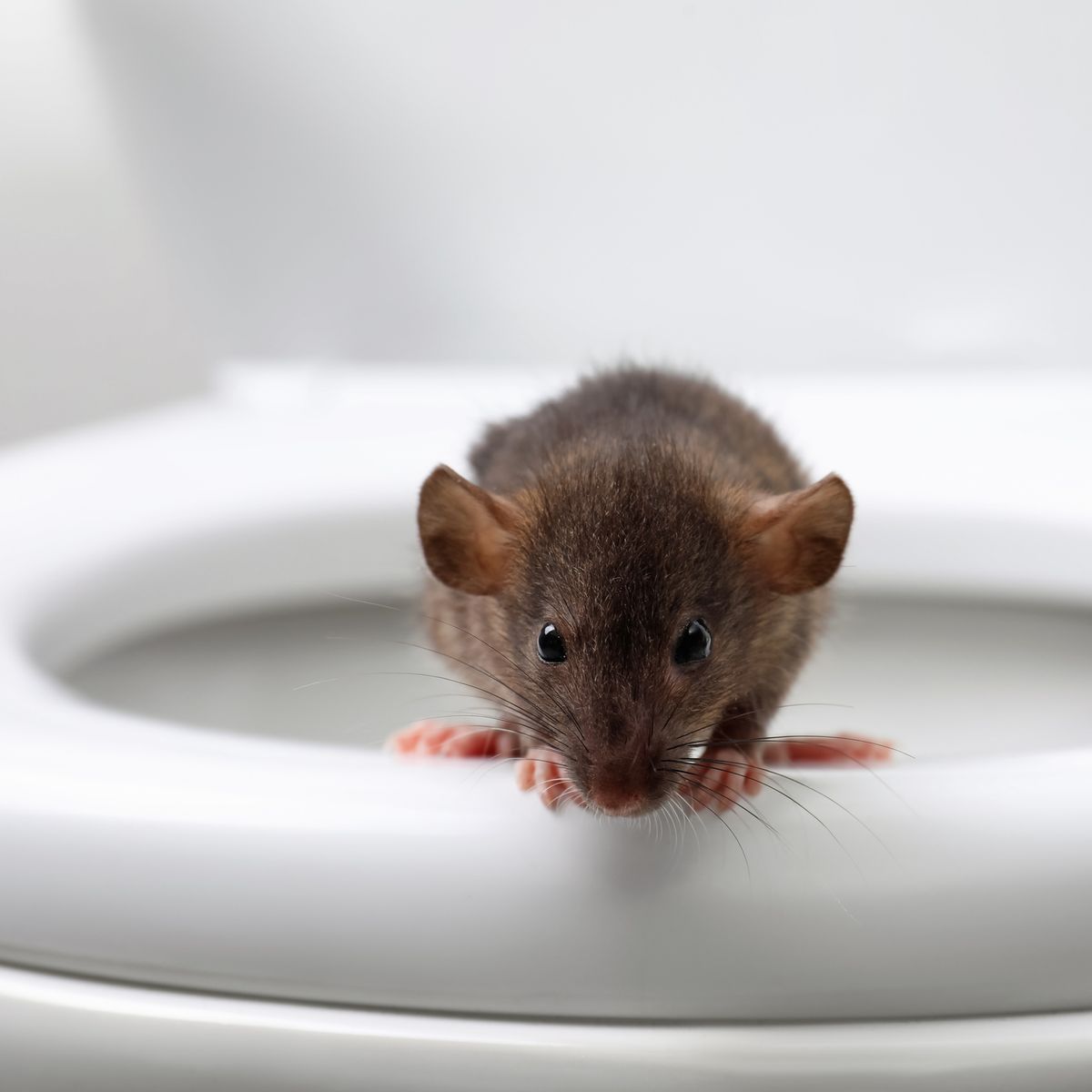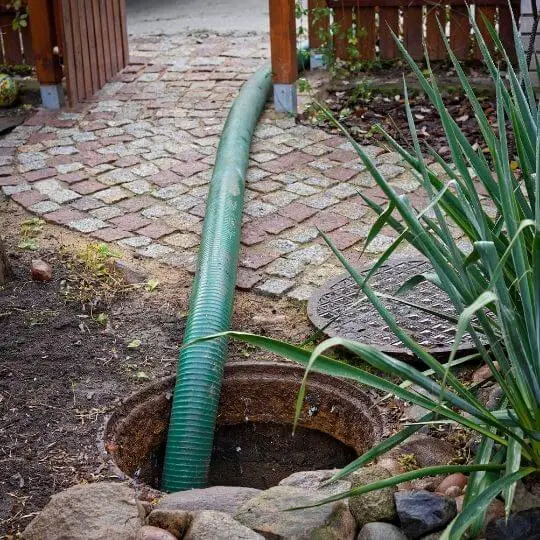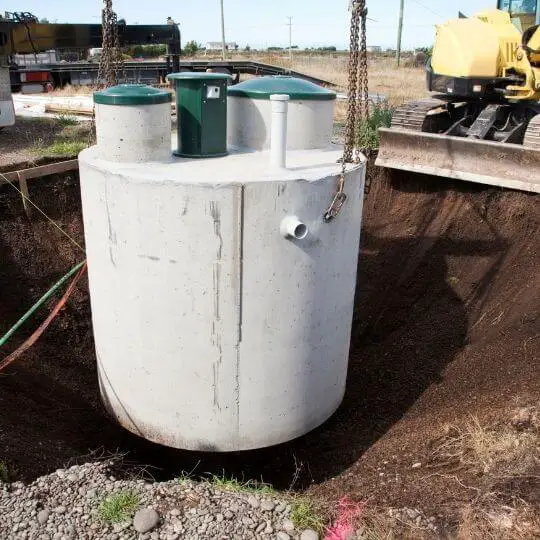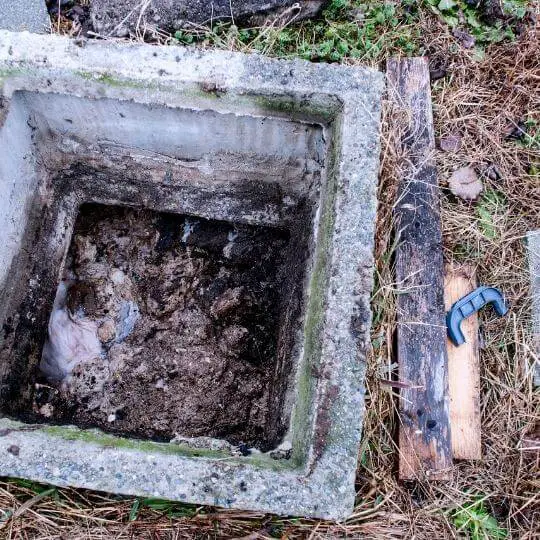Did you hear about people putting dead animals in septic tanks?
Bacteria is a crucial component in breaking down solid waste in your septic tank. Both aerobic and anaerobic microorganisms are useful in treating the wastewater in your septic system.
Millions of anaerobic bacteria actively digest the contents of the tank. In the leach field also, aerobic and anaerobic bacteria collaborate to form a biofilm that develops inside the pipes as well as outside in the gravel bed that the pipes are anchored to.
Putting Dead Animals in Septic Tanks

Septic system maintenance and care are the subject of many myths and misconceptions. For instance, it is believed that throwing a whole dead animal into a septic tank reduces the need to have the tank pumped.
This is based on the mistaken belief that the rotting carcass’s bacterial action is good at breaking down sewage. This traditional method may sound sensible, but putting dead animals in the septic tank doesn’t add anything of value that isn’t already present.
Although it used to be a widespread technique, the amount of cleaning agents that people use in their toilets today makes the method ineffective because the chemicals kill the bacteria needed to accomplish the job correctly [1].
Bacteria are indeed required for the decomposition of dead animals. However, these bacteria are different from those required for the septic tank. Therefore, putting dead animals in the septic tank won’t benefit the system.
Additionally, it makes pumping the septic system more difficult since the carcass or skeleton may enter the vacuum line. If you have a septic system, it’s crucial to comprehend how it functions and the maintenance procedures you can carry out to ensure that your system lasts longer by eliminating leaks and clogs.
Far from putting dead animals in the septic tank, there exist several genuine and effective tips to care for and maintain your septic system. Using biological additives is the greatest technique to aid in replenishing the beneficial bacteria in your septic tank.
Related: How To Increase Bacteria In Septic Tank Naturally
Proper Septic Tank Care and Maintenance

- Regularly Pump The Septic Tank
A septic service expert should evaluate the typical household septic system at least once every 3 years. Every 3 to 5 years, household septic tanks should be routinely pumped [2].
Alternative septic systems with additional components like pumps, electrical float switches, or mechanical parts need frequent inspections, typically once a year. Since alternative systems involve mechanical components, a service contract is crucial.
The size of your household, the amount of wastewater created, the volume of particles in the wastewater, and the size of your septic tank are the main determinants of how frequently you should pump your septic system.
The frequency with which you should pump your tank can be determined by measuring the scum and sludge layer in your tank during the maintenance inspection. When the top of the sludge layer is less than 12 inches from the bottom of the outlet fitting, or when the bottom of the scum layer is less than 3 inches from the bottom of the outflow baffle, the septic tank has to be pumped [3].
- Use Bacteria Additives
The septic tank doesn’t just collect waste from the house and let it sit there until it has to be pumped. The particles are filtered by weight. The heavier particles sink to the bottom of the tank while the liquid waste is released into the leach field so that the soil may filter it.
Bacteria that aid in maintaining the septic system’s health and functionality progressively break down the waste that is still in the tank. You should strive to protect the naturally occurring bacteria in the septic system from being damaged by strong cleaning agents, antibacterial soaps, and drain cleaners.
This is done by adding new bacteria that digest artificial materials like detergents and soaps by using specific organic additives. To ensure the longevity of the system, it is important to maintain the health of the bacteria that the septic tank relies on to break down organic waste.
The use of biological additives is therefore advised. Due to their toxicity, some chemical additives are bad for the system. The poisonous compounds can change the pH in the septic tank, which either prevents bacterial action or even kills the bacteria.
Biological additives are preferable because they are produced using bacteria and enzymes. They are a superior option for septic systems because they do not endanger the bacteria in any way.
Always look for a reputable bacterial supplement additive. Find out which additive would be the greatest choice for your situation by speaking with a septic expert. Just make sure to research to ensure that these additives are helpful [4].
- Limit Water Usage and Household Wastes
Simply paying attention to the quantity and kind of what you flush down the drain is a straightforward septic system maintenance procedure. It is a good idea to redirect rainwater from the leach field since excessive amounts of liquid waste can cause the septic system to overflow.
Related: Can Heavy Rain Cause Septic Backup
There are various simple techniques and products for water conservation [5]. The volume of water entering the septic system can be significantly reduced by using high-efficiency, water-saving plumbing toilets, and faucets. Another technique to lessen the usage of water is to fix leaks and drips.
A great method to maintain a healthy septic system is to monitor the solid waste that enters it. The septic system can get overloaded with the trash that is either flushed or washed down the drain.
Avoid utilizing garbage disposal that discharges organic food wastes into the septic system. Consider flushing toilet paper only down the toilet.
A high level of solid waste is also undesirable since it causes the sludge in the septic tank to accumulate quickly and raises the frequency of system pumping. Instead of throwing fats and uneaten food down the sink, place them in the yard compost or food waste recycling bin.[6]
Remember that a septic system relies on bacteria to break down waste. Therefore, by using strong cleaning agents down the drain, you endanger the bacteria and decrease the septic system’s efficiency.
To avoid killing off in the tank, only use cleaners that are approved for use with septic systems. The maintenance of the septic system will greatly benefit from simple tasks like dumping things in the appropriate trashcan.
- Conduct Inspection for Leaks
When walking around the septic system, look out for any spots where the grass is noticeably denser or lusher than in other parts of the yard. A tank that is leaking produces enough nutrients for plant life and may also smell strongly of sewage.
However, because the tank is situated underground, it will typically be challenging to detect any leaks while it is still in operation.
The ideal time to inspect the septic tank for leaks is when pumping it. Therefore, pumping the septic tank and checking for leakages should go hand in hand.
Read Also: How To Get Rid Of Rats in Sewer Pipes
Bottom Line
There are several myths regarding what to put in a septic tank to encourage the growth of bacteria. A common one is that putting dead animals like dead chickens, sheep, mice, and even a small dead horse in the tank will enhance bacterial growth.
Nevertheless, there is nothing else that should go into a septic tank besides what we humans generate. Our showers, baths, dishwashers, and toilets will produce all the wastewater necessary for our septic tanks and sewage treatment facilities to function.
More harm than benefit is likely to result from adding items the tank wasn’t designed to handle, such as dead animals. A dead animal’s bones and fur will block your system.
It won’t help to throw in dead animals, and your tank cleaning specialist won’t enjoy having to spend time removing bones and heads from the suction pipe.
Additionally, the bacteria on the carcass are alien to the septic biome and are capable of destroying the helpful microbes necessary for effective septic tank operation.
Never take any action based solely on new information. Always consult a professional first. Remember that only with proper maintenance can your septic system continue to function effectively.
Use an approved organic additive if your septic system needs additional bacteria.
Read Next: Septic Tank Problems

Michael Davis is a heating & plumbing expert who currently works as independent contractor in SC. He also writes for Plumbertip.
For almost 10 years he worked on various plumbing tasks across South Carolina.



